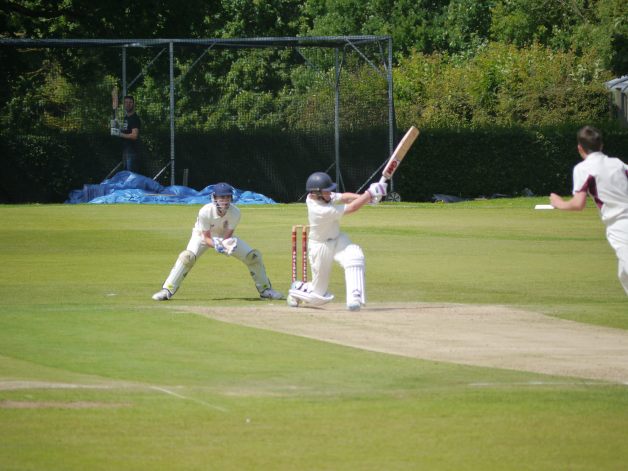B1 level. You’re going to discuss the changes in the life of teenagers in the UK since the 1950s, and to practise words and phrases that you can use to compare two situations.
Start here, and open the links in a new window or tab. Talk with a teacher or a partner about your answers. This is important if you want to practise your speaking! You can also write your answers here in the comments.
1. Talk with your partner about the meanings of these words. For any you don’t know, you can search for them on the web.

2. According to the Oxford English Dictionary, the word ‘teenager‘ first appeared in the 1940s, and ‘cool‘ is an Old English word which took on new meanings in the 20th century. How about the other ten words from Exercise 1? Can you guess which are older and which are newer?
- There’s one word here from the 1600s and one from the 1700s.
- Three are from the late 1800s/ early 1900s.
- One is from the 1940s.
- The other four didn’t exist until after 2000.
Answers can be found here.
3. Why was there no word for ‘teenager’ before the 1940s? Think of some reasons and then ask your partner if he or she agrees.
When you’re finished, compare your answers with mine here. Did you have any additional ideas to mine? If so, please leave a comment under this page!
4. Do you think the following are true or false about teenagers in the UK? Talk about them with your partner and try to agree:
- a. The number of teenagers who can drive is about the same as in the 1970s.
- b. The percentage of young people who drink alcohol regularly is higher than at any time since the 1950s.
- c. Fewer schoolchildren have a part-time job than in the past.
- d. Teenage pregnancy rates are at almost 7%, whereas in the early 1990s they were only 3.5%.
- e. The number of teenagers getting arrested has halved since 2007.
- f. Teenagers now are much more likely to spread peanut butter on their toast or sandwiches, whereas in the past they were much more likely to have marmalade.
- g. Young people cycle a little more than they did in the 1990s.
- h. Teenagers are drinking more energy drinks (like ‘Red Bull’ etc.) than ever before.
- j. Facebook is becoming less popular with young people.
- k. The happiness of young people in the UK has declined since 10 years ago.
You can find the answers here.
5. Looking at the sentences above, which phrases can you find for comparing two situations?
- Example: “about the same as” – compares two situations.
For more information, click here.
6. Now you’re going to look at some photos and practise making up sentences comparing the life of teenagers in the past and in the present. You can tell these sentences to your partner. If you don’t have a partner, write your sentences down in the comments box.
Some of the photos are linked to the true/false quiz in part 4, and others are about new topics.
Let’s start with an example:

We could say any of these things:
- Teenagers nowadays use apps such as Snapchat, whereas twenty years ago they would call friends on the telephone.
- Young people spend less time making calls than they used to.
- There used to be just one phone in the house, whereas now most family members have their own mobile phone.
Here are some photos for you to try:










7. Now go back through the photos and see if you can compare the lives of teenagers in the UK with teenagers in your own country.
8. Would you prefer to live as a teenager in the UK or in your own country? And do you think that teenagers’ lives have got better since the 1950s or worse?
Tell your opinion to your partner and explain why you feel this way.
To help you, here’s a list of things you might talk about:
- family life
- schoolwork
- friends and relationships
- stress and responsibilities
- opportunities
- quality of life
- cost of living
- physical health
- mental health.
If you’ve enjoyed this lesson, please leave a comment! We’d love to hear from you – and we’d love to read some of your ideas about teenage life in your country!

Lesson: TEENAGE LIFE IN THE UK by the owners of englishin3d.net is licensed under a Creative Commons Attribution-ShareAlike 4.0 International License.
Permissions beyond the scope of this license may be available at https://englishin3d.net/about/.

